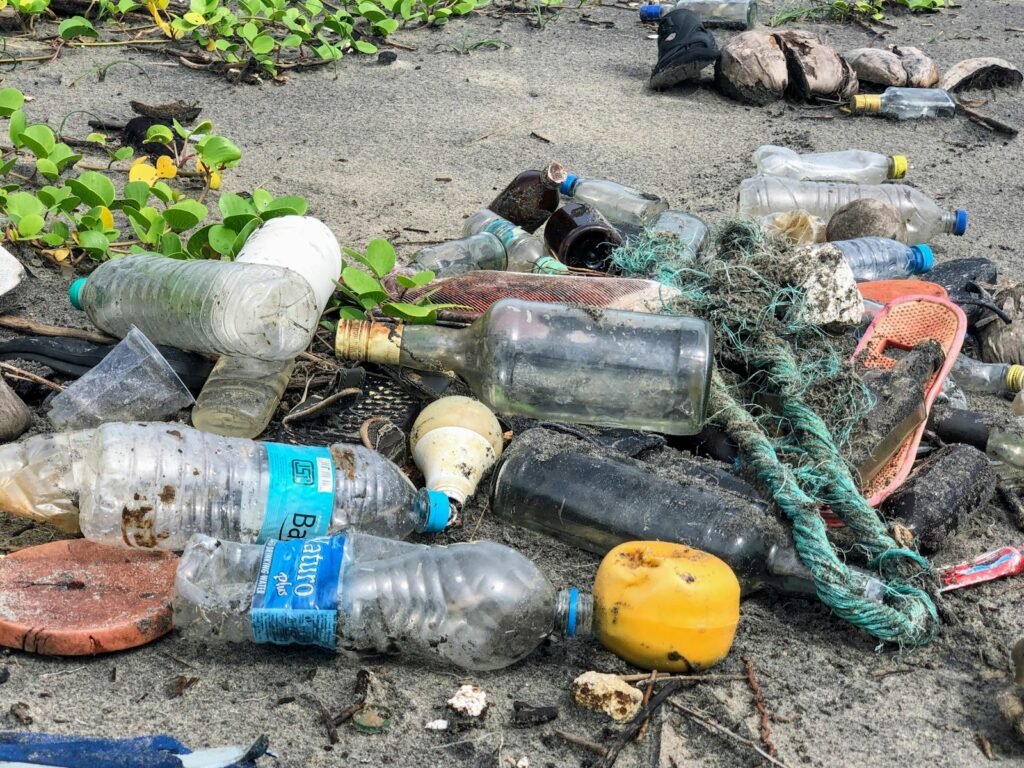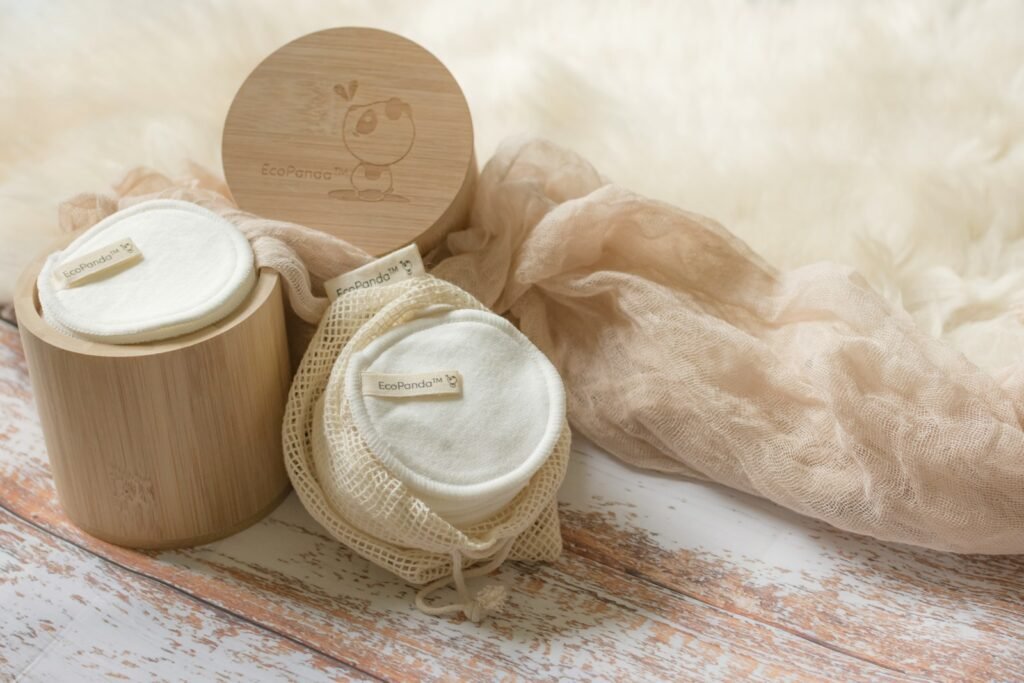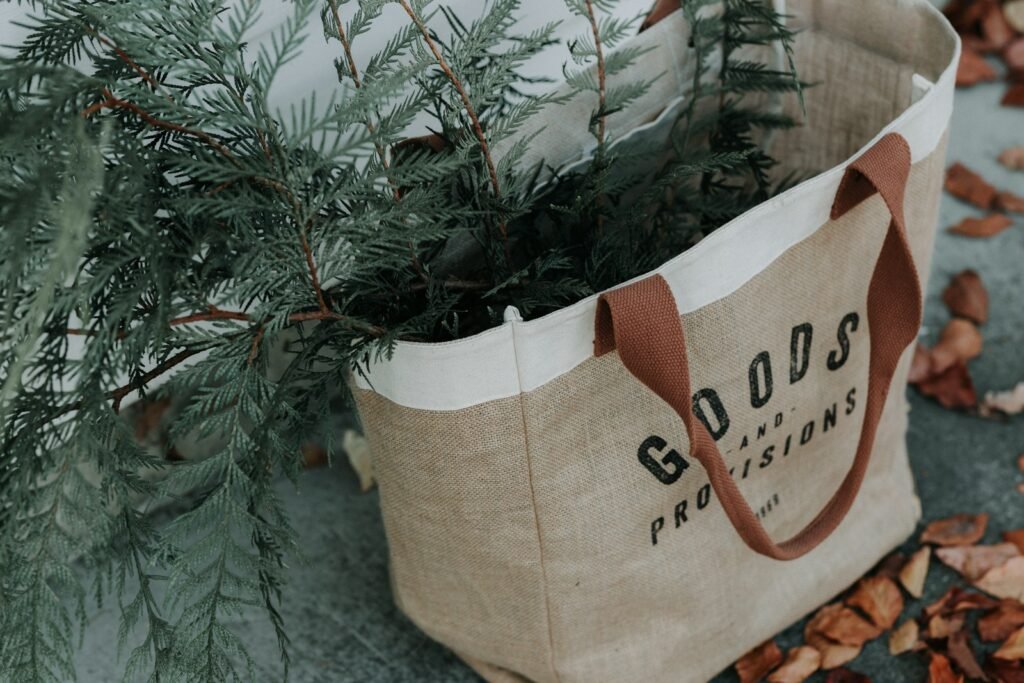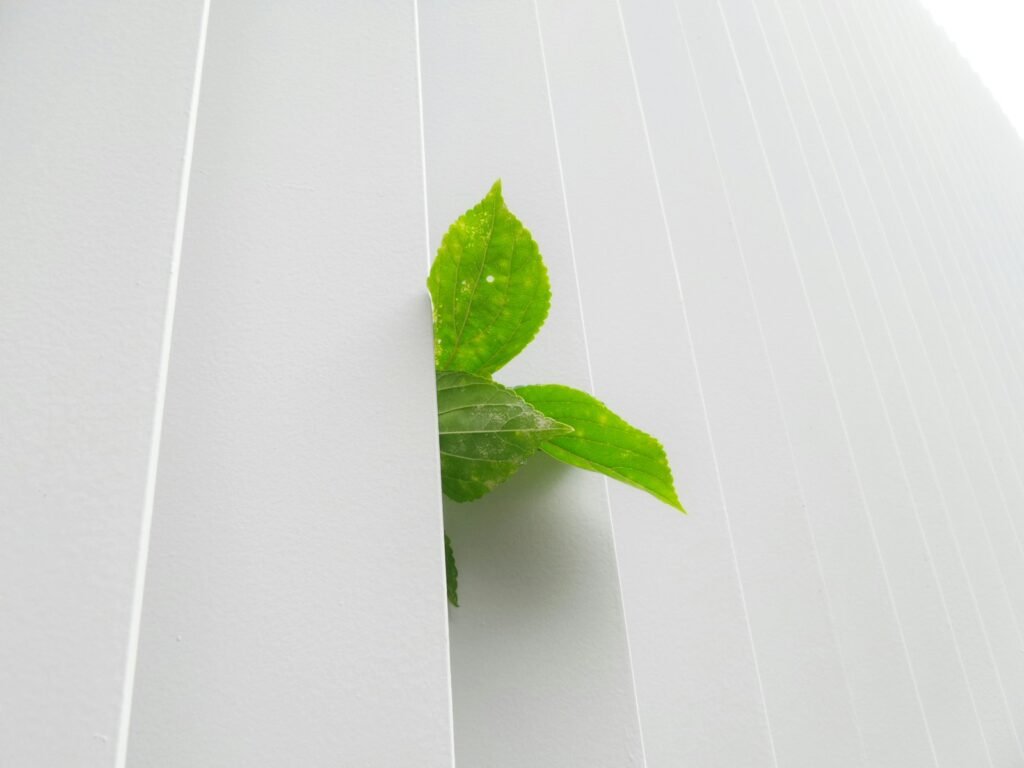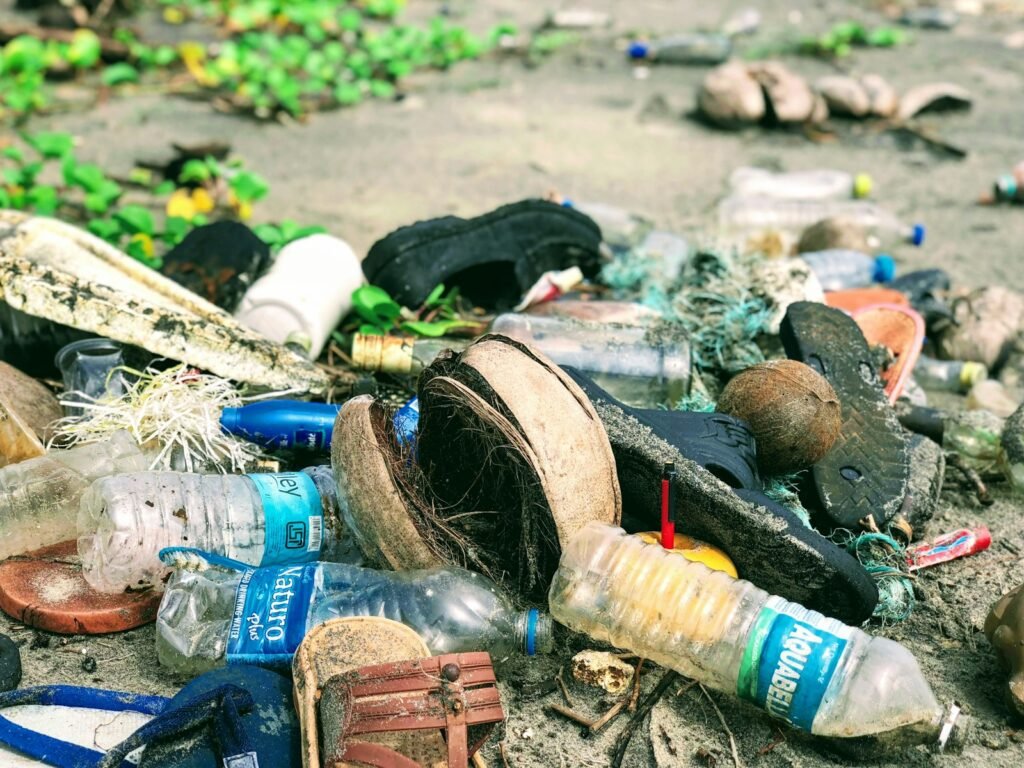Adopting a zero-waste lifestyle isn’t just about reducing your environmental footprint—it’s about making more mindful choices that can lead to long-term sustainability. While the idea of living without waste may seem daunting, even small changes in daily habits can create meaningful impact over time.
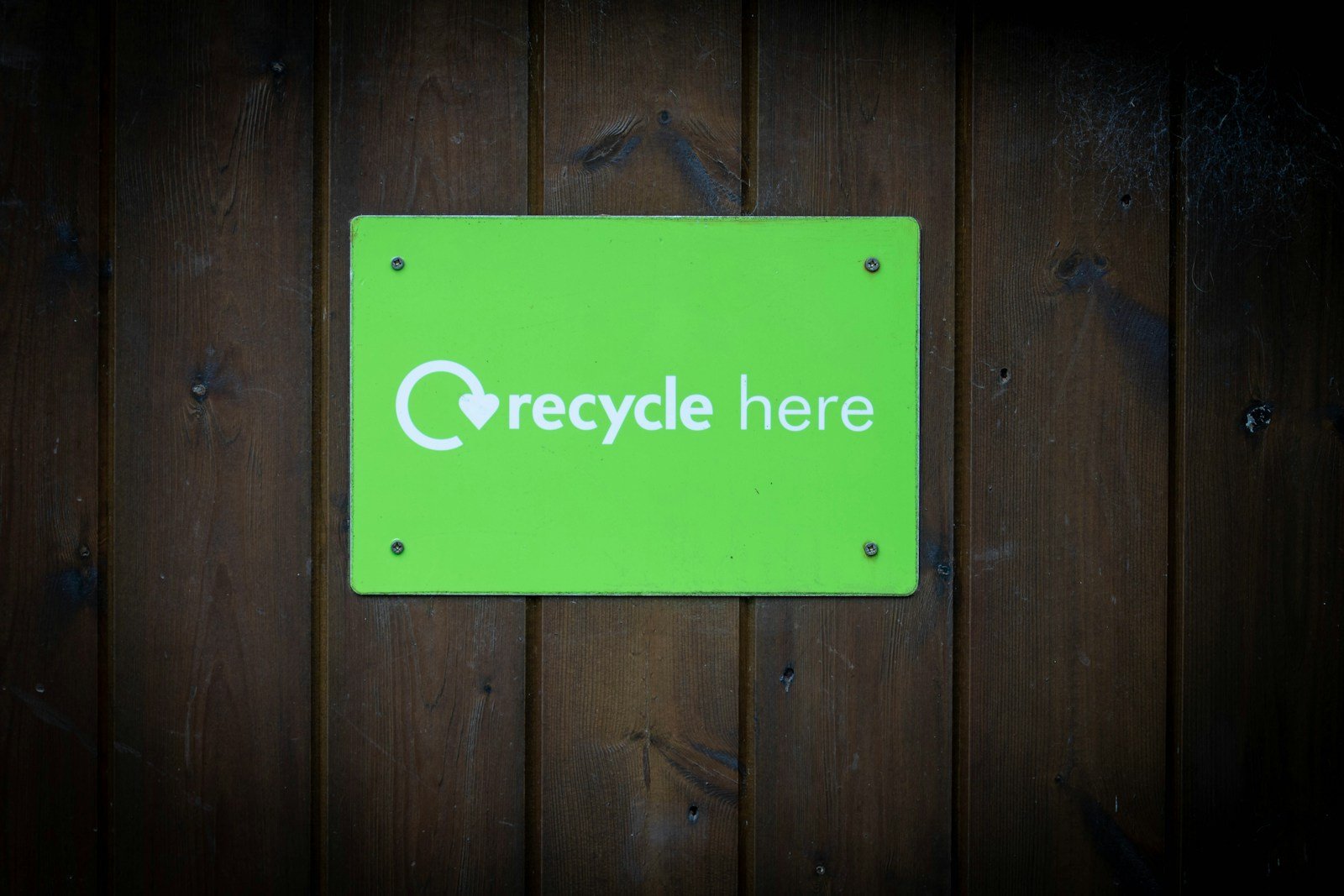
This 30-day challenge is designed as a practical and flexible way to begin rethinking how you consume, dispose, and reuse everyday items. It doesn’t require perfection; it’s about progress and awareness.
What the Challenge Involves
The goal of this challenge isn’t to become completely waste-free overnight—it’s about identifying areas in your life where waste is generated and finding sustainable alternatives. You’ll be encouraged to track your consumption, reduce single-use items, and explore ways to reuse or repurpose what you already have.
This approach emphasizes habit formation over quick fixes, making it a realistic and achievable goal for anyone committed to living more sustainably at home.
Setting the Stage: Preparation
Before starting, take some time to reflect on your current waste habits. Consider how much packaging and disposable items are part of your daily routine. This initial self-assessment will help you set measurable goals for the next 30 days.
You may want to gather a few essential tools such as reusable shopping bags, water bottles, and containers. These simple swaps can make a big difference over time. Also, keep a small notebook or use an app to track your progress and note any thoughts or observations along the way.
Week One: Awareness and Foundational Changes
Day 1–3: Tracking Your Waste
Begin by setting up a system to monitor everything you throw away. This doesn’t mean you should stop throwing things out, but simply observe and record what’s being discarded each day. This practice can be eye-opening and will help identify patterns that may be easy to overlook.
Take notes on the types of waste generated—plastic packaging, paper products, food scraps, and any other items. You might find that a significant portion of your trash is made up of single-use products.
Day 4–7: Eliminate Single-Use Plastics
The next phase involves making an intentional effort to replace disposable plastics with reusable alternatives. Start by carrying a water bottle instead of buying bottled drinks, and use a metal or bamboo straw in place of plastic ones.
When going out for groceries or errands, bring your own cloth bags and avoid purchasing items that come in non-recyclable or excessive packaging. These small changes can be surprisingly effective in reducing waste over time.
Week Two: Conscious Consumption
Day 8–10: Bulk Shopping and Reusable Containers
Shopping from stores that offer bulk options is a great way to minimize packaging waste. Bring your own containers when buying grains, nuts, or other dry goods. This practice not only reduces plastic use but also helps you control portion sizes.
If bulk shopping isn’t an option nearby, consider using reusable containers for items you buy in pre-packaged form and gradually transition to more sustainable choices as they become available.
Day 11–14: Replacing Disposable Items
This week focuses on replacing disposable personal care products with long-lasting, eco-friendly alternatives. Consider investing in a bamboo toothbrush, a safety razor, or a refillable deodorant container.
Also take this time to evaluate your daily routine and see where you can swap single-use items for reusables—whether it’s kitchenware, cleaning tools, or even office supplies.
Week Three: Tackling Hidden Waste
Day 15–17: Reassess Personal Care Products
Personal care routines often involve a lot of packaging that ends up in the trash. This week is an opportunity to explore alternatives such as bar soaps, shampoo bars, and solid toothpaste.
Look for products that come with minimal or no plastic wrapping. You might also consider purchasing from local stores or online shops that prioritize eco-friendly packaging and ethical production practices.
Day 18–21: Reducing Textile Waste
Textiles can be a significant source of waste—especially if you’re buying fast fashion. This week, focus on repairing items that are already in your possession before purchasing new ones. Learn basic sewing techniques or use fabric patches to extend the life of clothing.
Consider donating gently used clothes instead of throwing them away and explore secondhand shopping as a sustainable alternative for any new purchases you may need.
Week Four: Sustaining Habits
Day 22–25: Reflecting on Progress
As you near the end of the challenge, take some time to review what has worked well and where you might still be struggling. This reflection can help you understand which changes are easier to maintain in the long run.
You may find that certain habits have become second nature, while others require more effort or support from your environment. Acknowledge both successes and challenges without judgment—this is a learning process.
Day 26–28: Engaging with Others
One of the most powerful ways to stay motivated is by connecting with like-minded individuals who are also making changes in their lives. Join online forums, local meetups, or follow zero-waste influencers on social media for inspiration and advice.
Engaging with a community can provide valuable support and help keep you accountable as you continue your journey toward a more sustainable lifestyle.
Day 29–30: Celebrating Small Wins
This final week is all about celebrating the progress you’ve made. No matter how small, every effort counts, and it’s important to recognize the positive changes you’ve implemented over the past month.
Take this time to reflect on how these habits have influenced your perspective on consumption and waste. Use what you’ve learned to carry forward into the future—your commitment today can make a lasting difference tomorrow.
